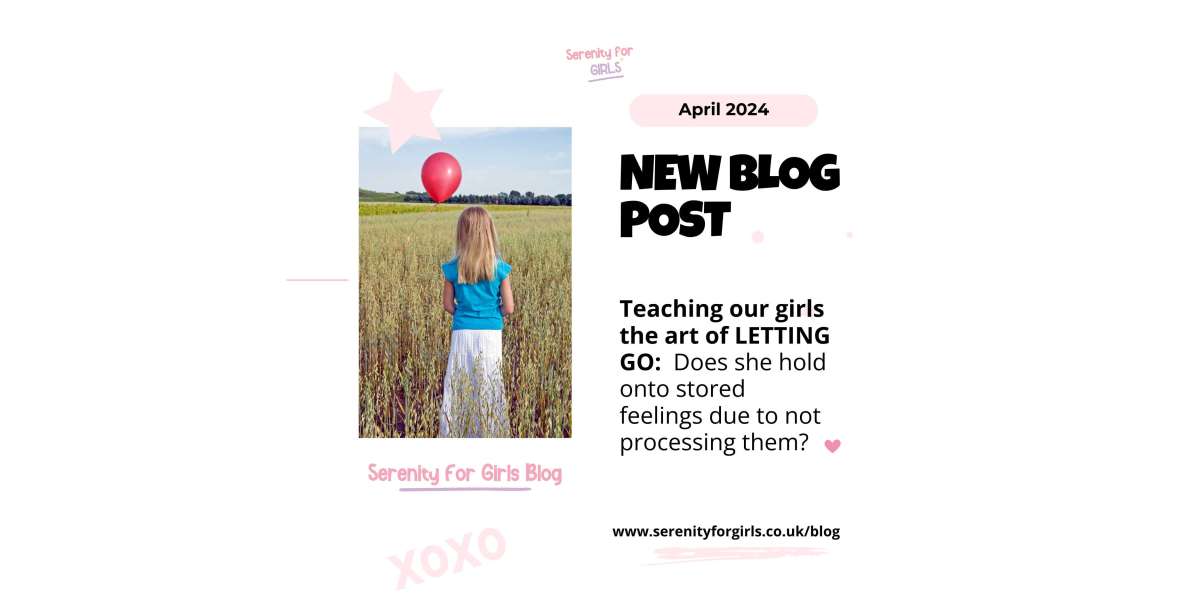I want you to think of the word, ‘hoarding’.
Got it in your head? Great.
Now I want you to ask yourself where your mind went. Did you think of clothes? Did you think of shoes? Did you think of those dishes you no longer use? Books you’ve bought but haven’t read? A birdfeeder you won during a lottery and keep in case a bird comes along?
Now I want to ask yourself why your mind went there. Are you attached to that dress because it was something you used to be able to fit into which you’re losing weight to fit into again? Are you holding onto those dishes for sentimental value because they’re ‘fine china’ despite the dust mites they collect? Are you letting those books pile up because you just know you’ll read them someday, at some point, but it’s really to portray a symbol of your intelligence?
If you’ve answered yes to any of these questions (or round about), then it’s probably likely that you’re holding onto things you’ve outgrown. It’s probably likely you’re attaching to things that no longer even desire attachment to you, but because it’s familiar, you keep. And do you want to hear the quirkiest part of it all? If you’re doing this with things, then it’s highly likely you’re doing this with people, beliefs, and behaviours you’ve outgrown too.
Now I want you to imagine your young girl doing this. Does she hold onto stored feelings due to not processing them? Dried nail polish because she fears she’ll never get a new one? Dolls with disoriented legs painted in multi-coloured felt-tips because it’s a reflection of her expression in that moment?
In allowing her to believe that everything can last forever, it is robbing her of all the things she is yet to experience. In allowing her to hold onto things she’s outgrown, it is robbing her of all she is yet to become. When we do this, we are telling her that it’s easier to stick to what you know because, hey, at least you know it! Rather than telling her, ‘This was what once was. This is how beautiful or terrible it made you feel. This is what you’ve learned from it. Now it’s time to let go.’
John Bowlby’s (1958) attachment theory went a little something like this…
From our early childhood, we developed an understanding for ‘bonds’. Bowlby refers to the connection between primary caregiver (mother) and child for their emotional development, but this is something that directly dictates how we show up in life, too.
Bowlby states that the critical age for developing attachment happens around 2-3 years old, and if it doesn’t happen then, it’ll struggle to form later, resulting in what we now know to be ‘attachment styles’ - prototypes for all future social relationships that encourage how the person to predicts, controls, or manipulates interactions with others based on what they’ve grown to believe about bonding.
Bowlby’s four attachment styles
Secure attachment
Builds relationships without fear of abandonment, misunderstanding trust. Typically secure in self and in relationships with others.
Anxious attachment
Builds relationships from a fear of something happening to disrupt the relationship/end the relationship. Needs constant reassurance unable to easily express emotion.
Avoidant attachment
Builds relationships with emotional detachment because they predict their needs can’t be met. Avoids intimate relationships suppresses feelings to avoid rejection.
Fearful attachment
Builds relationships from a fear of unworthiness because of neglect, abuse or trauma experienced in childhood that gave uneven keel of what relationships should look like.
How we interact with the things in our everyday lives is a direct reflection on our relationship with them. If we help our young girls understand how she attaches (or detaches) from things from an early age, it will help her not only navigate, but maintain healthy relationships as an adult.
Here are a few ways you and your young girl can practice building healthy attachment and detachment from people, places and things.
Communicate
The next time you go for a fun day out or do something she enjoys and it’s time to go home/stop, instead of cutting the fun short as quick as it came, explore her feelings about the experience, question her likes and dislikes, ask her if it’s something she’d want to do again, and then explain that it’s time to do something else now.
In doing this, you’re creating space for open communication and reminding her of the importance of her voice. You’re giving her agency because she gets to express her experience honestly. You’re encouraging self-reflection because she’s processing her experience. Finally, you’re allowing her to understand although the fun doesn’t last forever, that doesn’t mean we can’t ever have fun again, or while doing something different.
Trial Error
The next time your young girl wants to quit something she recently begged to try, or get rid of something she desperately wanted, explore the Why. She may have wanted to become a fashion designer because she saw her favourite Disney star do this, so you get her a sewing machine, but she becomes bored within the first day. Did she really become bored? Or was becoming a fashion designer a lot harder than it seemed, leaving her to tell herself she ‘can’t’, while telling you she was bored.
In doing this, you’re allowing your young girl to get into a habit of exploring her desires without the guilt and shame of failure. BUT I also understand that you can’t entertain every idea or thought she thinks she wants. Money does not grow on trees. And so instead of buying every gadget she sees on TV or sending her to every class she promises she’ll love, take note of these ideas she’s becoming curious about, and explore why she wants to do them. This shows her you support and encourage her, while maintaining expectations. Give her space to dream, while also giving her an idea of what doing this thing will look like in reality, and what it may require of her.
*
Thank you for reading my words, I hope they were helpful to you in some way ☺








